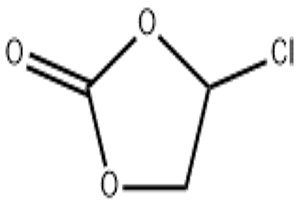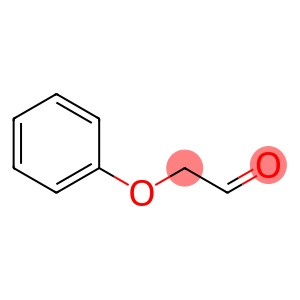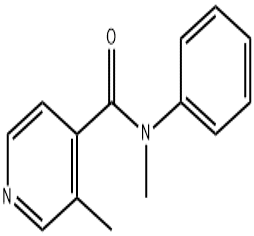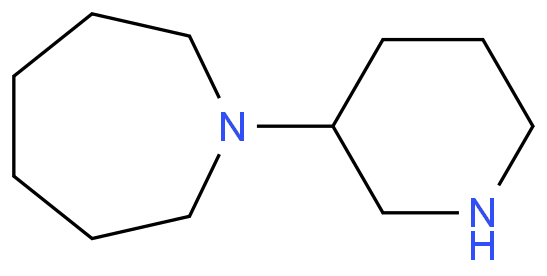4-Chloro-1 3-dioxolane-2-one(CAS# 3967-54-2)
Risk and Safety
| Hazard Symbols | Xi – Irritant |
| Risk Codes | 36/37/38 – Irritating to eyes, respiratory system and skin. |
| Safety Description | 26 – In case of contact with eyes, rinse immediately with plenty of water and seek medical advice. |
| UN IDs | 1760 |
| WGK Germany | 3 |
| HS Code | 29209090 |
| Hazard Class | 8 |
| Packing Group | III |
4-Chloro-1 3-dioxolane-2-one(CAS# 3967-54-2) Introduction
Chloroethylene carbonate, also known as ethyl vinyl chloride, is an organic compound. The following is an introduction to the properties, uses, preparation methods and safety information of chloroethylene carbonate:
Properties:
- Appearance: Colorless liquid or slightly yellow liquid.
- Solubility: Soluble in organic solvents such as alcohol and ether, insoluble in water.
Uses:
- Chloroethylene carbonate is often used as an important raw material in the coating and paint industry.
Preparation method:
Chloroethylene carbonate is usually prepared by the following methods:
- Reaction of ethanol and chloroacetic acid: Add chloroacetic acid to ethanol and heat to react to generate chloroethylene carbonate and water.
- Under acidic conditions, ethyl chloride and carbon dioxide react: Ethyl chloride and carbon dioxide are placed under acidic conditions to react to generate chloroethylene carbonate.
Safety information:
- Chloroethylene carbonate is irritating and corrosive, avoid contact with skin and eyes.
- Wear protective gloves, protective glasses and protective clothing when using.
- Avoid inhaling its vapor and ensure good ventilation.
- When storing, seal it in a cool, dry place and avoid contact with oxygen, strong acids, strong alkalis and oxidants.
- In case of leakage, clean it up and dispose of it properly to avoid environmental pollution. Contact a professional organization for treatment.








